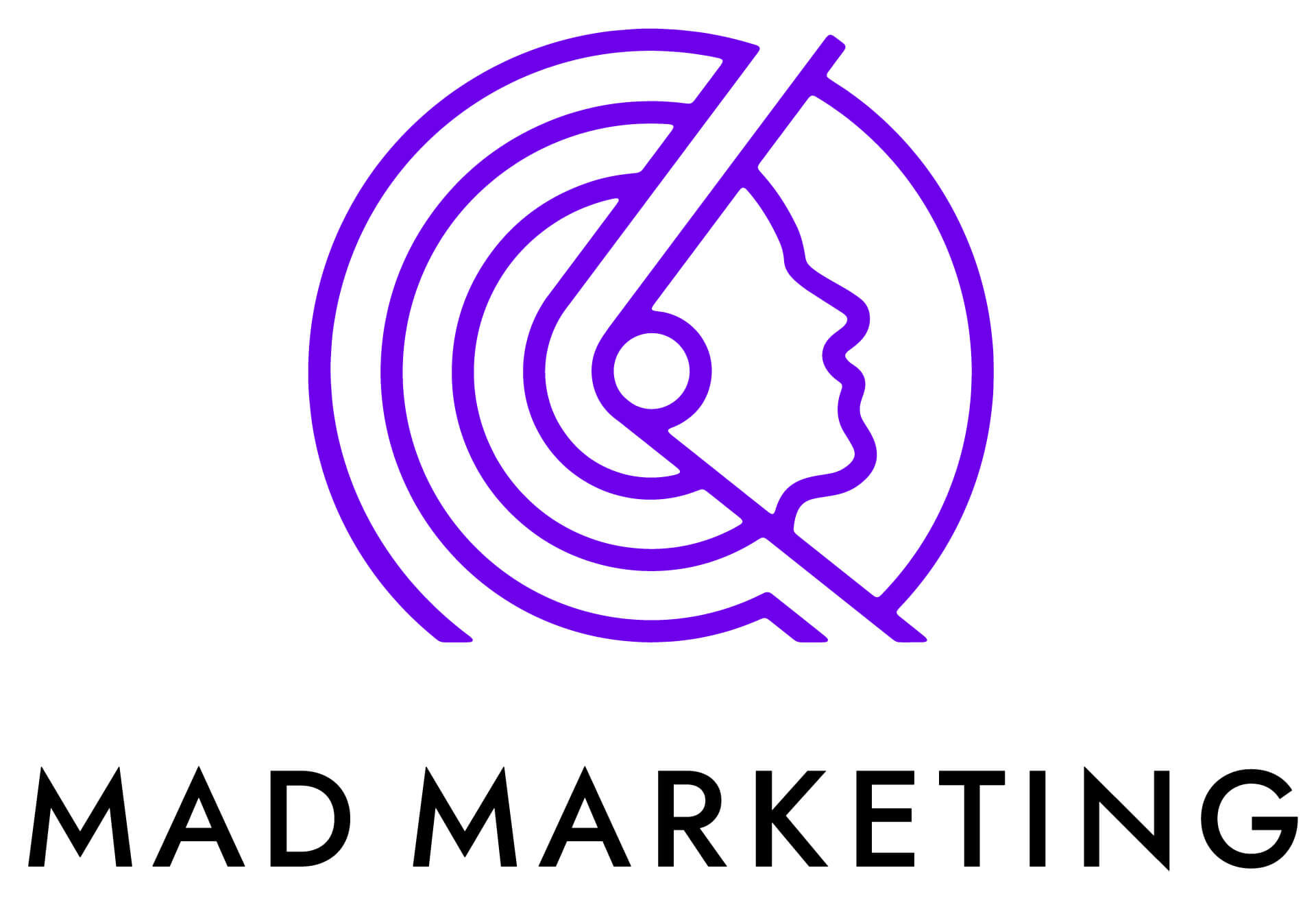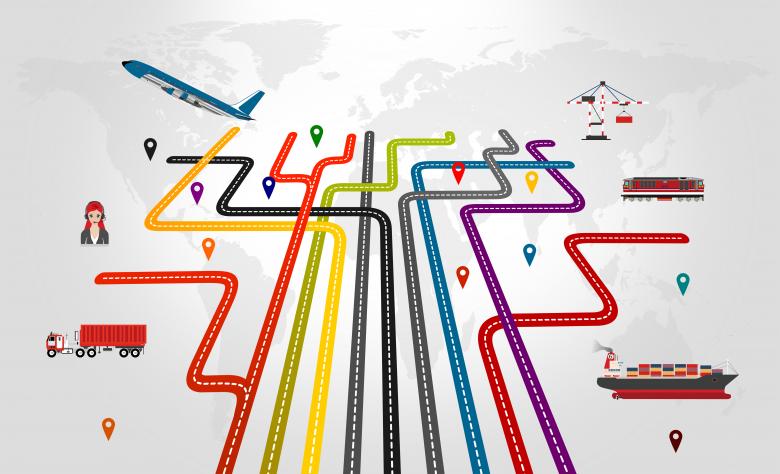3 types of Target Market Coverage every Marketing Manager should know
There are three different types of target market coverage every marketing manager should know; Intensive Distribution, Exclusive Distribution, and Selective Distribution. The afore-mentioned options allow businesses to distribute their offerings in many different and unique ways. Each of them have their strengths and weakness’. It is important for a business to place some emphasis on how they will distribute products and/or services in order to reach their target market as it can have an effect on a business’s brand image, sales, expenses, and employees.
Intensive Distribution
Intensive distribution occurs when a business manager is aiming to extend the reach of their offering through as many sales channels as possible. An example of ‘Strategic Marketing Cases & Problems’ states that soft drink and candy companies use this approach. One of Coca Cola’s goals is to have their product within arm’s reach of its customers.
Another example of Intensive distribution can be seen through e-commerce. An online business may sell products through its’ own business website, but they may also sell through other online marketplaces such as Amazon, eBay, and as of the writing of this presentation still new Groupon Stores.
Selling your products and/or services through multiple sales and distribution channels will ultimately increase reach to your target market; however, depending on the brand image the business is aiming to achieve this may not be a best practice. If the business is to be a high-end, luxury brand the perceived value of your offering will drop as it becomes easily accessible through various channels.
Also, as this is the case with most businesses when sales go up so do costs. When distributing your offering through brick-and-mortar locations you can expect a hike in costs variable costs and possibly even fixed costs. These costs will come in the form of shipping, manufacturing, warehousing, inventory, and even employees including salesmen, customer representatives, account managers and more.
These costs apply to e-commerce as well, with the addition of referral fees. Most e-commerce marketplaces will charge a fee ranging from 3-15% on each successful transaction. These referral fees may need to be addressed by discussing with account managers on decreasing the fee or increasing the price of the offering through the specific channel.
Exclusive Distribution
The second method used to cover your target market is called Exclusive distribution. This method is the exact opposite of intensive distribution as the goal isn’t to extend the reach of your offering through as many sales channels as possible. Instead, this method aims for exclusivity which can increase perceived value and quality of the transaction regarding placement and POS.
Apple uses exclusive distribution which means they pick and choose retailers who they will allow to sell their products. By doing this Apple has better chances of being featured in unique ways through their retailers and receive prominent placement in display cases (Although, Apple will probably have this either way given the high demand for their products). Also, by doing distributing their products exclusively Apple can set specific terms for retailers to follow in order to stock and sell Apple products. These terms can include a number of key factors such as placement, price, and even what items retailers can sell. This is known as an exclusive-distribution agreement. Retailers will often reach out to businesses and sign this agreement in order to sell the manufacturers products.
This can be advantageous to both retailers and manufacturers; however, if one of the obligations to uphold is to exclusively sell only one branded product and none of its’ competitors, can jeopardize the success of the retailer if the manufacturer starts to see a severe drop in demand for their products. Although, retailers will agree to sell only this specific item and none of its competitors, manufacturers rarely or never agree to sell their products to only one retailer. This could be beneficial for the retailer; however, this will stump growth and profits for the manufacturer drastically.
Selective Distribution
Lastly, there is the Selective distribution method which lies between Intensive and Exclusive distribution strategies. Selective distribution includes selecting retail locations based off of certain key factors such as geographic location. This can be beneficial to manufacturers because it will allow them to get into franchise businesses and other business chains within specific locations where their target market most-heavily reside. This will limit finances, and cap costs that come along with new sales channels. Selective distribution has become a popular distribution channel for marketers, because it allows them to focus their efforts on areas that will provide greater profit contributions.
Selective distribution has led to what is known today as effective distribution which means, “a limited number of outlets at the retail level account for a significant fraction of the market potential.” A great example of effective distribution as mentioned in ‘Strategic Marketing Cases & Problems’ is an expensive men’s wristwatch company which distributes its’ products through only 40% of the available outlets. However, these outlets account for 80% of the wristwatch market volume. Adding another retail outlet to its’ distribution channels will only allow the business to potentially gain a 5% increase in market volume, which after calculating the added costs will only amount to a small profit contribution.
The added costs and work involved in order to potentially increase market volume reach isn’t worth the small return on profits. Therefore, it is best for the wristwatch business to continue placing their focus on the 80% reach they currently have.
Be Social
Stay Up To Date

